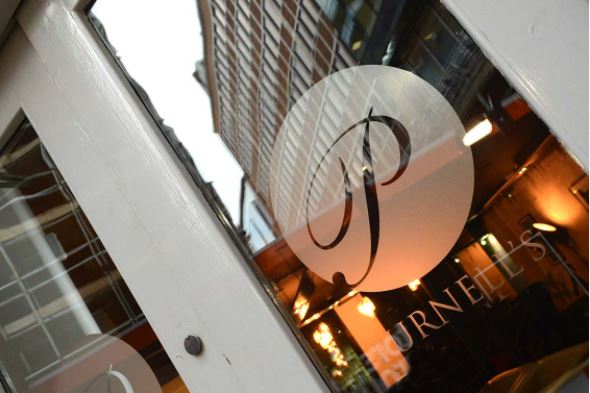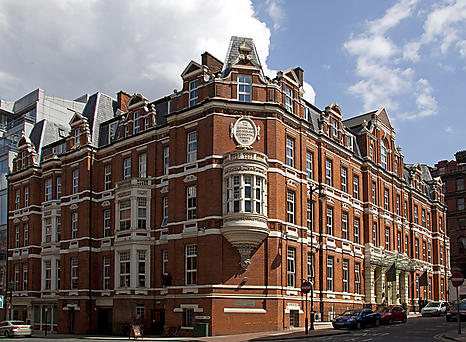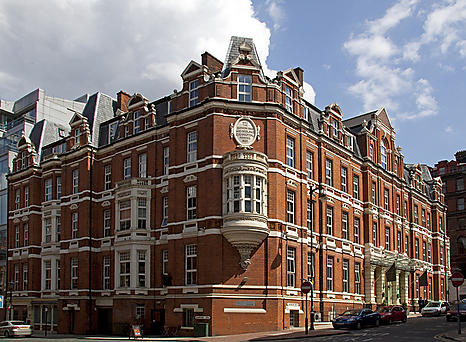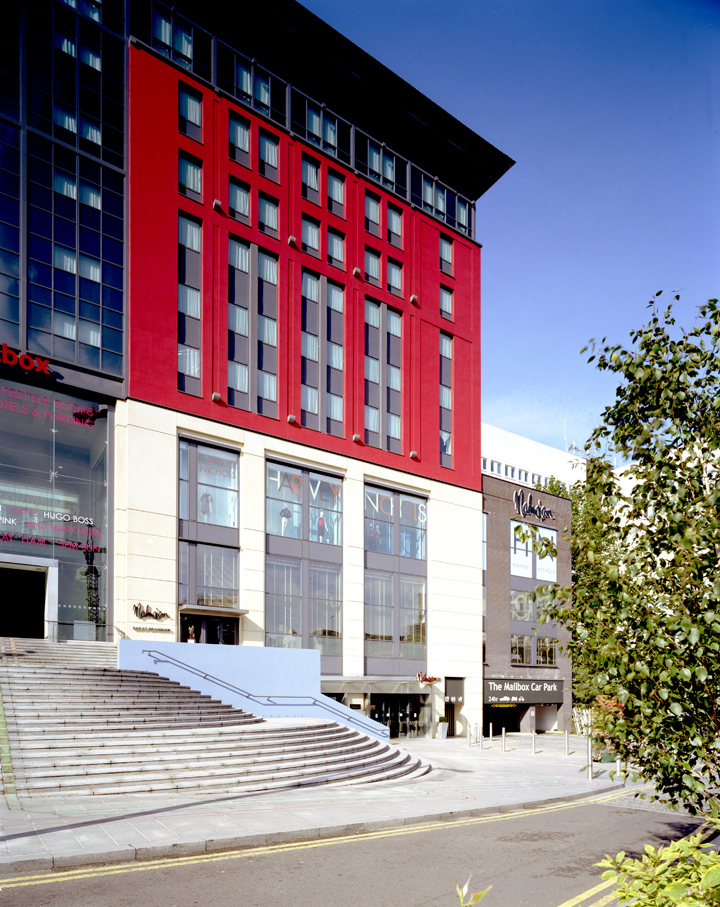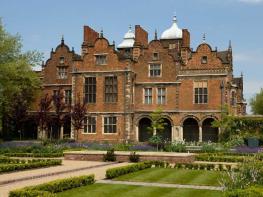Great Barr Hotel is situated in a leafy residential area, and is particularly popular with…
Discovering Sandwell Valley Country Park

4.5 miles (7.2kms)
About the walk
Once upon a time there was a 12th-century Benedictine monastery on the site of an earlier hermitage in the area now called Sandwell Valley Country Park, situated at the northeastern edge of West Bromwich. The monastery was closed down in 1525 on the directions of Cardinal Wolsey, then in 1705 Sandwell Hall was erected on the site for the Earl of Dartmouth, incorporating some of the old priory buildings. The hall was demolished in 1928 with the development of Hamstead Colliery, which came to dominate the whole area. When the pit was nationalised in the 1940s it was one of the largest in South Staffordshire, outside Cannock Chase, with nearly 1,000 men working underground here and at the nearby Sandwell Park Colliery.
From colliery to country park
The collieries closed in the early 1960s, since when the land has been transformed into an urban oasis. The earthworks and spoil from the site became a series of artificial lakes, landscaped to produce an amazingly different scene. Sandwell Valley Country Park is now a fascinating area of lakes and 2,000 acres (810ha) of parkland developed from the old colliery sites and the remains of the Sandwell Hall Estate. The park has become a major leisure facility, with three golf courses, walking routes, a Millennium Cycle Route and two off-road cycle paths, which have been specially designed for mountain bikes. Around 20,000 people visit the park each year. Wildfowl flock to the area in large numbers and the Royal Society for the Protection of Birds (RSPB) has established a nature reserve nearby, which covers some 25 acres (10ha) of the reclaimed Hamstead Colliery site. The Sandwell Valley Sailing Club occupies the former pithead buildings.
Victorian farm
Forge Mill visitor centre can be found on the other side of Forge Lane, and Swan Pool leads to footbridges over the noisy M5 motorway. Sandwell Park Farm was also part of the Earl of Dartmouth's estate and was extensively restored in 1981 to show the traditional Victorian methods of farming. The farm has a walled kitchen garden, craft shops, a rare breeds area and a heritage centre where you can see the findings of a 1980s archaeological dig at Sandwell Priory.
Walk directions
Leave the RSPB car park by going left of the visitor centre building onto a footpath. This leads down to a path along the dike crest between the River Tame and Forge Mill Lake. Continue along this footpath which arcs gently right and look out for the many birds on the lake, as well as Canada geese and ducks on the river. As you work your way around the lake you will come to a gateway where you go left over a bridge across the River Tame. Turn immediately left to continue on a tarmac path/cycleway that leads down to Forge Lane.
Cross the busy lane with great care, and walk to the right of the Sandwell Valley Sailing Club premises, then bear left until you come to the shore of Swan Pool.
Here turn left and stroll around the side of the pool for 150yds (137m), then bear left again on a footpath, via a kissing that leads across meadowland away from the water's edge, initially alongside the Pool's fence. Through a kissing gate, cross the track and continue ahead on a hedged footpath heading generally southwest. At a junction of paths go left through a barrier and proceed through the trees, then go right to follow the narrow path to the north bank of both Cypress and Ice House pools. Continue ahead to leave the lakes and emerge on a concrete lane by the side of the noisy M5. (If you had continued ahead at the junction of paths instead of going left, you would have arrived at the same position.) Go left and stroll along this wide lane. At a junction, bear right and take the footbridge to cross over the M5.
Across the bridge go right down steps, now on the Beacon Way, and wind amid trees on the path up to Sandwell Park Farm where there are toilet facilities and you can get light refreshments.
Leave the farm through the car park and continue along the lane, turning right opposite the Adventure Centre through a kissing gate. Walk ahead along the signed public footpath heading northeastwards within a belt of trees. (To the left you will see the high ropes course.) When you reach the end of the hedged area, bear left and proceed along a tarmac path towards the motorway, until you reach a junction.
Go right here along Salters Lane and return over the M5, via a second footbridge. Take the tarmac path that goes to the left of Swan Pool and continue left past the sailing cub premises to busy Forge Lane. Cross the lane and take the footpath back to the bridge over the River Tame to reach the junction of footpaths by the edge of Forge Mill Lake.
Go left and walk around the lake, leaving the River Tame and going right just before the railway bridge. Keep close to the lake shore until turning left at a sign – this path takes you back to the visitor centre.
Additional information
Lakeside paths and tracks
Country park with many lakes
Off lead in park
OS Explorer 220 Birmingham
RSPB visitor centre
For visitors to Sandwell Park Farm; otherwise none on route
WALKING IN SAFETY
Read our tips to look after yourself and the environment when following this walk.
Find out more
Also in the area
About the area
Discover West Midlands
After Greater London, the West Midlands is the UK’s biggest county by population, and after London, Birmingham is the UK’s largest city. There’s a lot to seek out here – it has a vibrant culture, with exceptionally good nightlife. Coventry used to be more important than Birmingham, until the 18th century when the Industrial Revolution started and Brum forged ahead.
Apart from Lady Godiva, Coventry is best known for its cathedrals. The medieval parish church became a cathedral in 1918, but the Blitz on Coventry in 1940 left only the spire and part of the walls. After the war, it was decided to build a new cathedral alongside linked to the ruins.
Dudley was one of the birthplaces of the Industrial Revolution, and this history is reflected in its architecture and the Black Country Living Museum, a recreation of an industrial village, with shops and a pub, cottages and a chapel. Stourbridge is also worth a visit, mainly due to its involvement in glassmaking, which has been going on since the 17th century, and is still a part of the town’s culture; there’s a glass museum and a bi-annual glass festival.
Nearby stays
Restaurants and Pubs
Nearby experiences
Recommended things to do
Why choose Rated Trips?
Your trusted guide to rated places across the UK
The best coverage
Discover more than 15,000 professionally rated places to stay, eat and visit from across the UK and Ireland.
Quality assured
Choose a place to stay safe in the knowledge that it has been expertly assessed by trained assessors.
Plan your next trip
Search by location or the type of place you're visiting to find your next ideal holiday experience.
Travel inspiration
Read our articles, city guides and recommended things to do for inspiration. We're here to help you explore the UK.






